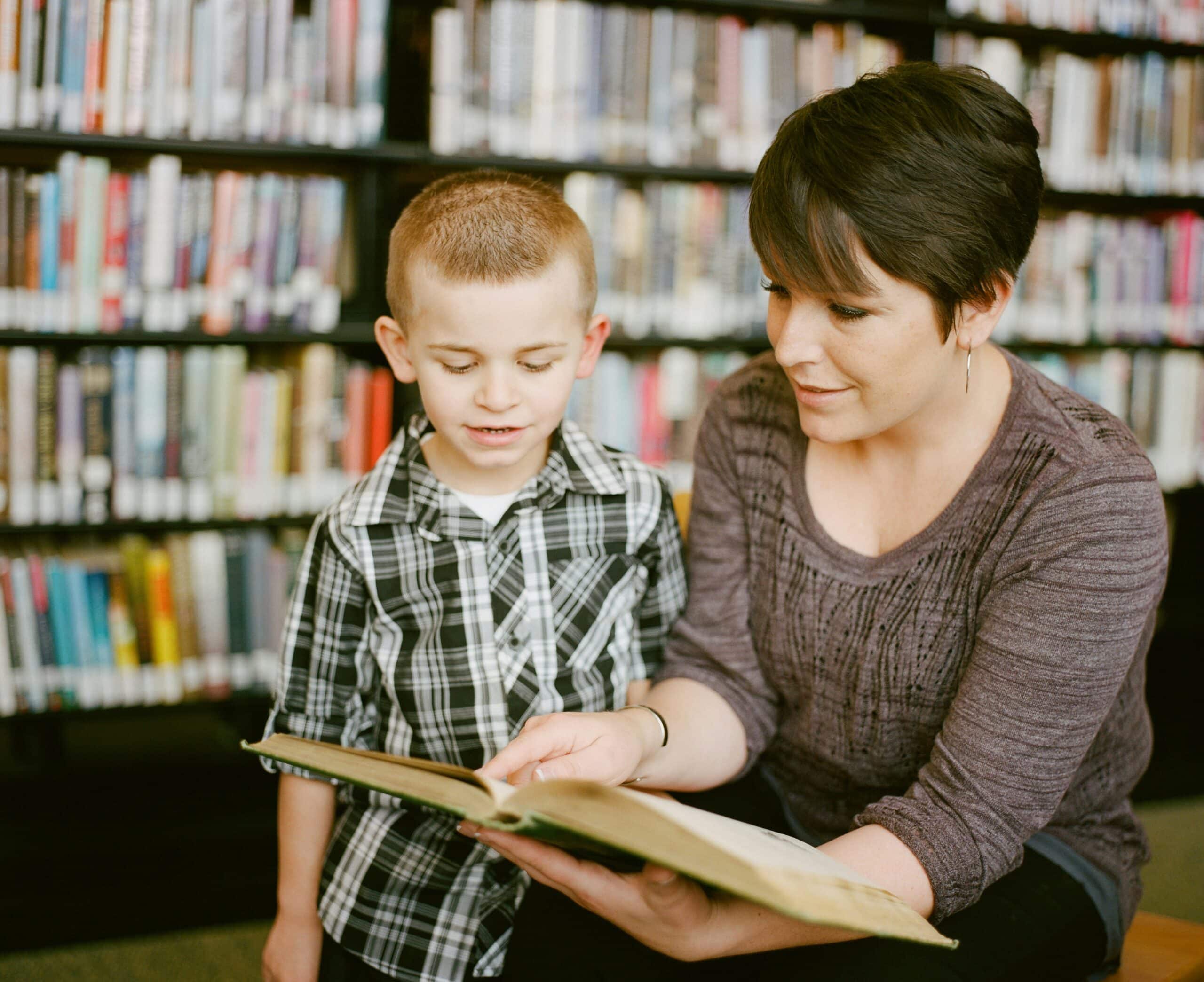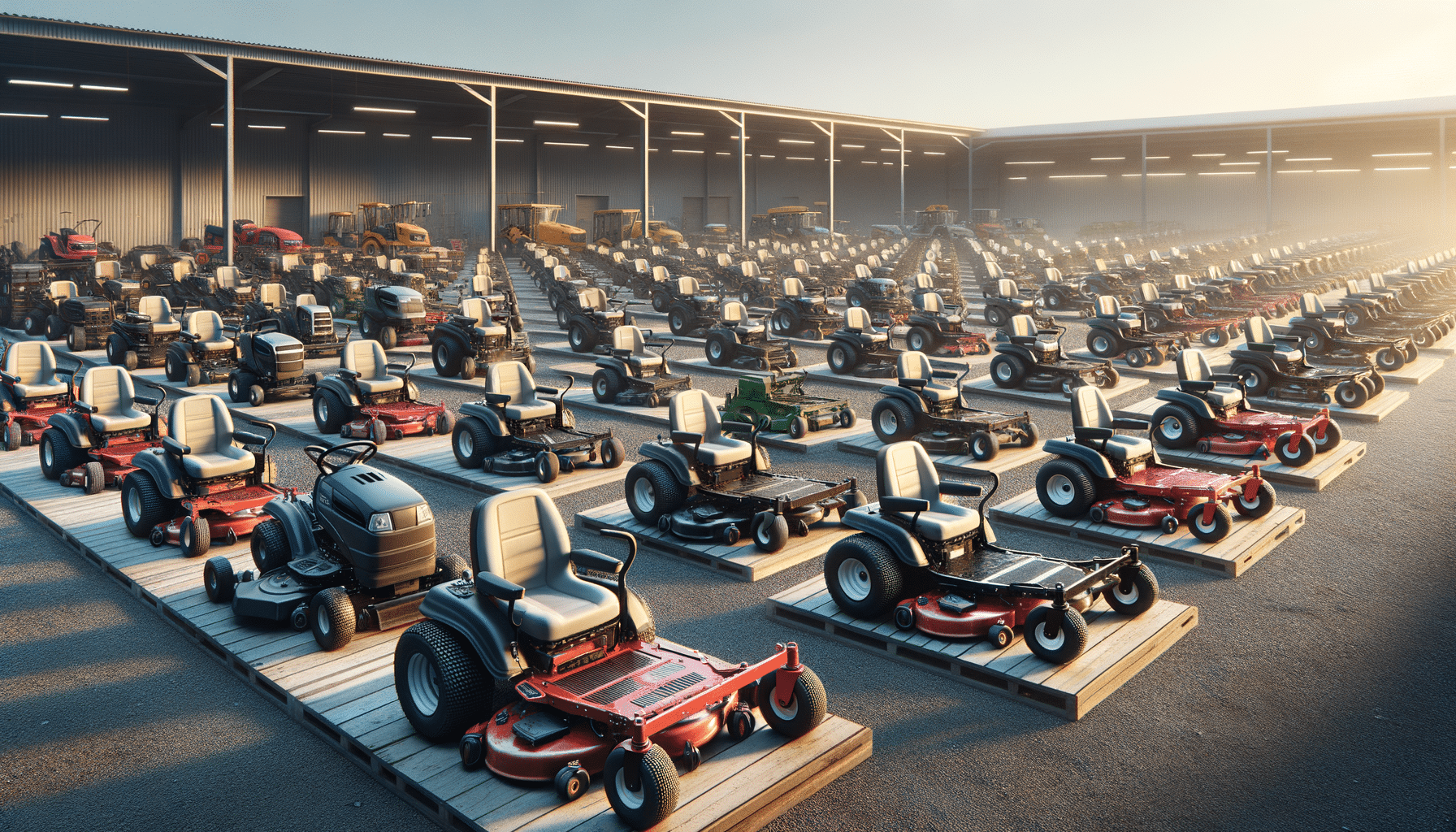
How to Keep History Interesting Through Interactive Learning
History often gets a bad reputation for being “boring” or too full of dates, names, and events to remember. But history can be so much more than memorization. It’s a treasure trove of stories, lessons, and adventures waiting to be explored. The secret? Making it engaging through interactive learning. Whether you’re a teacher, educator, or parent, incorporating creative strategies and tools can transform history into an exciting subject your students or children will love.
This is how you can make history interesting, relevant, and memorable through interactive learning techniques.
Why Interactive Learning Matters in History
Interactive learning is more than just memorization by rote and listening by default. It involves practical exercises, debate, and technology-supported tools that get students actively involved with the content. This is why it proves so powerful for history:
- Encourages Connection: Students begin to see their connection with people and events from the past.
- Encourages Critical Thinking: Interactive methods like group work and debates encourage students to question and think.
- Enhances Retention: The more students are involved and emotionally invested, the more they retain.
New Methods to Bring History to Life
1. Make History Lessons More Interactive By Gamifying Them
Adding games to the classroom makes learning fun. Adding educational games based on historical facts, you can make learning enjoyable.
Some ideas are:
- Trivia Quizzes: Create customized quizzes on specific eras or events.
- Role-Playing Games (RPGs): Have students recreate historical events, like the signing of the Declaration of Independence.
- Web Tools like “Mission US” offer interactive game-based learning opportunities for middle school students.
| Activity | Purpose | Example |
| Trivia Quizzes | Reinforce knowledge in a competitive, fun way | Jeopardy-style history games |
| Role-Playing Games | Bring events to life, encourage empathy and insight | Enact the Boston Tea Party |
| Online Simulations | Explore history digitally | “Mission US” or “Civilization” |
Tip: Incorporate friendly competition or rewards to make the games even more engaging.
2. Use Digital Storytelling
Technology gives us so many wonderful platforms upon which to entertain history again in active and engaging ways.
Here is how to put digital storytelling into practice:
- Timelines: Present the progression of historical events via interactive internet timelines (like the ones one can access through sites like Tiki-Toki or Sutori).
- Augmented Reality (AR) Apps: Imagine students traveling through ancient Rome via an AR app. AR apps like “TimeLeap AR” bring history to life and within reach.
- Videos and Online Tours: Explore museums and historical sites online. Platforms like Google Arts & Culture offer breathtaking guided tours of world artifacts and museums like the Louvre.
| Best Tools for Digital Storytelling | Features |
| Tiki-Toki | Create in-depth timelines online with multimedia elements. |
| Google Arts & Culture | Free, high-quality museum tours and images |
| TimeWarp AR | Realistic AR walk-throughs of historical locations |
3. Hands-On Projects
There’s nothing that gets the senses engaged with history like hands-on projects!
Try out these ideas:
Historical Models or Dioramas
- Create a model of a battlefield or well-known monuments like the Berlin Wall or Pyramids of Giza.
Creating Artifacts
- Have students replicate copies of artifacts, including Roman pottery or Viking runic graffiti.
Historical Journals or Scrapbooks
- Encourage children to keep personal diaries in the voice of a historical figure, allowing them to “live” history.
These exercises allow students to work more intelligently on their subject and exercise fine motor skills and imagination.
4. Debates and Discussions
History is replete with controversy and debate. Use this to encourage critical thinking and communication by having debates or discussions.
Examples may include:
- “Was the industrial revolution a blessing or curse?”
- “Who had the greater influence—Martin Luther King Jr. or Mahatma Gandhi?”
These kinds of situations encourage students to dig deep into causes, effects, and perspectives of history.
Building a Community of Curious Historians
Interactive learning not only makes history fun—it bridges students, teachers, and parents. Building a sense of shared awe can create a more unifying learning community and connect younger generations with the richness of history. Try:
Field Trips
- Visiting local sites of history (or touring distant places virtually).
Collaborative Projects Between Groups
- Having parents assist children with family research for history nights.
History Clubs
- Establish after-school clubs or cyber-communities to exchange ideas and build community.
How Parents Can Get Involved at Home
Interactive history can be brought into homes by parents relatively easily through small, routine activities:
- Family tree research to illustrate how world events relate to family history.
- Watching historical fact-based films or documentaries as a group.
- In comes the introduction of compelling children’s historical fiction books like Number the Stars or The War That Saved My Life.
Why It’s Worth the Effort
When history is presented in an interactive way, students learn to value more deeply how the events of the past influence them today. They are enabled to ask questions, question stories, and see connections between past and current issues. For parents and educators, these lessons are an opportunity to instill a lifelong love of learning and curiosity.
History is not just what happened—it’s why it happened and what can be learned. By employing interactive materials, storytelling, and creative assignments, educators are able to engage the most reluctant students as dynamic, history-passionate investigators.


